
Sheer fabrics are an enticing choice for a night out because these fabrics represent any mood in their variety. Be cute with stiff dotted net, sexy with clingy open lace, or romantic with draped chiffon. But not everyone can—or wants to—wear a sheer dress out on the town. The answer is to mix and layer sheers to capture the ethereal quality of a gossamer fabric and maintain wearability: When sheers are layered together or paired with other fabrics, the see-through-to-you factor is eliminated. Even better, inventive pairings can change the appearance of the underlying fabric or the sheer, resulting in some unexpected yet wonderful combinations.
Sheers fabrics to know
Chiffon, organza, organdy, lawn, silk georgette, batiste, voile, mesh knits, lace, and gauze are leading players when it comes to sheer fabrics. Any sheer can be layered over another sheer or other fabric to beautiful effect, although it is necessary to take into account the characteristics of each layer when planning a project.
Depending on the dress you’re making, it can be helpful to match the fabrics’ hand. For example, if you’re making a gown with a flowing style that requires drapability, it is best to use two fabrics that are similarly matched and supple. On the
other hand, it’s fun to pair fabrics with unlike characteristics for flat or tailored surfaces, such as a sheath dress with minimal seams. Also consider care requirements, and use fabrics with similar laundering and pressing needs. For certain projects, crisp sheers are easier to work with than soft ones.

Ways to use sheers in garments
With experimentation, it’s possible to find many ways to incorporate sheer fabrics into garments. Baste the layered fabrics together and treat them as one, or consider creating a free-flowing overlay by sewing the sheer fabric into one or two seams only and finishing the remaining sheer edges. This can result in a stunning look for a dress or cape. For a touch of the layered look, alternate panels of layered and unlayered fabrics to make a princess seam jacket or gored skirt. Or use the layered fabrics for the sleeves only, or for pockets, collars, or plackets. A sheer used alone for a neckline band or sleeves, then layered with another fabric for the rest of the top results in an eye-catching look. Another application is to use a solid fabric on its own for garment elements like a skirt waistband or dress bodice, then layer a sheer fabric over the remaining pieces.
We used two sheer fabrics over a contrasting solid fabric for the sample dress. The skirt layers were sewn individually. The two sheers for the bodice were treated as one, while the yellow fabric was sewn separately. The neckline and sleeve ends are bound with the solid fabric. In a chic and playful black, white, and yellow combination, it was the party dress our model wanted to take home.
Play with fabric combinations to achieve the look you want, using the following suggestions as a springboard for creativity. Experiment with color, print, texture, and more to invent looks that will be the life of the party.
Combine Geometrics
Rev up a ho-hum plaid or stripe by placing another geometric print over it. The contrast of shapes and scale can transform the overall effect. Above, a plaid cotton woven gets a retro lift from an overlayer of netting with flocked polka dots. The same concept was used to pair the sample dress fabrics, below.
Dress It Up
Fabrics that don’t usually go together, such as suiting fabric with a crinkle chiffon overlay, can make attractive partners. Consider sheer lace over denim, an embroidered sheer over tweed, or pairing other unlikely partners to create a unique look. Use these combinations for fun-loving garments.
Make Over a Dated Print
No matter how it happens, our stashes grow . . . and grow . . . until they often contain fabrics that are outdated or that we just don’t love anymore. Give these fabrics a new lease on life with sheer overlays. Don’t be afraid to layer a sheer print over a print, as shown. The abstract, modern effect it can create
is surprising.
Play with Color
Does a fabric you love make you look washed out, or a certain shade of green give you a green appearance? It’s easy to resolve this problem by placing that fabric under a solid-color sheer that transforms it into a more complementary shade. Keep the color wheel in mind, and think about color combinations that will result in an entirely new hue. For example, a red sheer layered over a blue will result in purple. Experiment with a variety of sheer colors over the fabric to create the color you want. Also, don’t underestimate the impact of solid sheers under a sheer print to change to the entire look.
Rethink Lace
It’s not often that we think of lace over a print, but a beautiful pairing can be made. Consider using lace over a subtle, small-scale pattern—like this novelty weave wool—to create an interesting mix of textures. Or layer lace with a frilly design over a geometric print for an interesting contrast in character. Lace also can subdue an underlying color by revealing only small patches of it as an accent rather than as the predominant color.
Tone It Down
Sometimes, a metallic fabric, iridescent sequins, or other novelty fabric is just too much for a particular silhouette or head-to-toe look. One way to tone down the glitz and expand your options is to use a sheer overlay. Here, a layer of printed silk chiffon on top of a metallic fabric results in a pairing with a subtle, intriguing shimmer.
Think in 3-D
Another interesting way to work with a sheer fabric is to trap something beautiful between the two layers. In this example, a fusible was used to bond a printed sheer over a solid linen with variegated yarn inside. Topstitching around the yarn secures it. Other examples of this include using artificial flower petals, sequins, buttons, or anything you desire to add a layer of 3-D embellishment to your design.
Add Depth
Try layering a print on top of a print. For best results, choose prints of different scales. At far left, a pink and white plaid georgette gives this garden floral chiffon overlay a trellis-like backdrop. At near left, a chiffon with an oversize, pixelated houndstooth pattern gets a texture upgrade from a chiffon in an exaggerated herringbone pattern underneath.
Tips for Working with Sheer Fabrics
Sheer fabrics are fabulous to look at, but they can be tricky to cut and sew. Try these helpful ways to avoid frustration when sewing sheers.
Use chalk or disappearing markers for marking, but do not use wax markers that can be difficult to remove from sheer fabrics.
Opt for a rotary cutter or scissors with serrated blades. You’ll avoid the distorted edges that sometimes occur when cutting slippery, shifty sheer fabrics.
Install a new size 60/8 or 70/10 sewing machine needle. Needles that are too big or dull can snag or leave holes in sheer fabrics.
Work with lingerie thread, silk thread, extra-fine cotton-wrapped polyester, or any fine delicate thread for sewing.
Switch to a straight-stitch throat plate and presser foot, if your machine has one, to prevent the fabric from pulling into the bobbin area. Or, sew with the needle in the far left position to place the fabric edge farther from the needle opening in the throat plate.
Hold onto the top and bobbin threads when you begin stitching to prevent the fabric from being pulled under the throat plate.
Use a short stitch length, and avoid backstitching.
Sew French seams or double topstitched seams and a narrow hem.
Keep water-soluble or heat-away stabilizer on hand for support when sewing narrow hems or seams.
To avoid unwanted ripples in layered sheers, use a sheer-weight fusible web to adhere the sheer to the underlying layer, or use matching or clear thread to stitch the layers together at regular intervals.
Choose a fusible web with UV protection, such as Mistyfuse Ultraviolet (Mistyfuse.com), to prevent darkening.

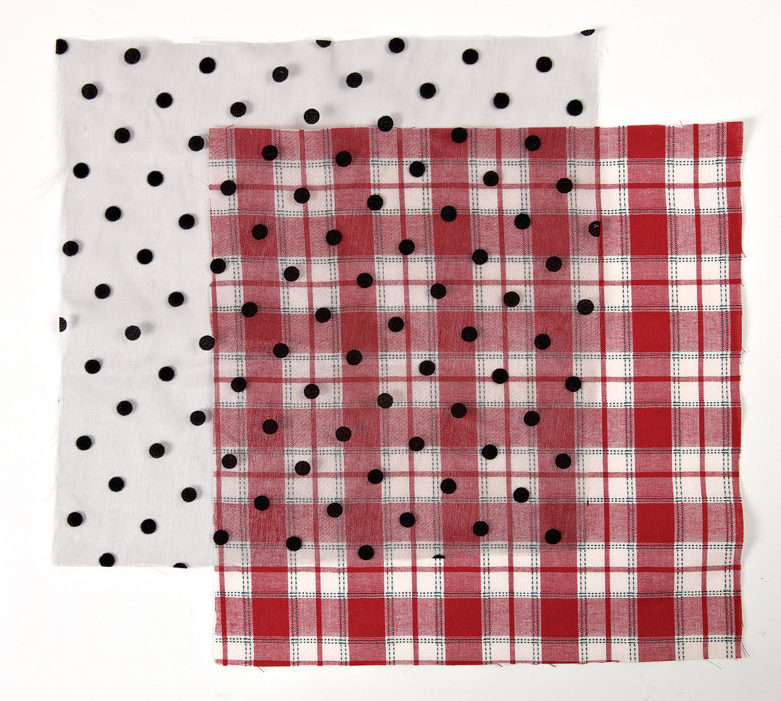
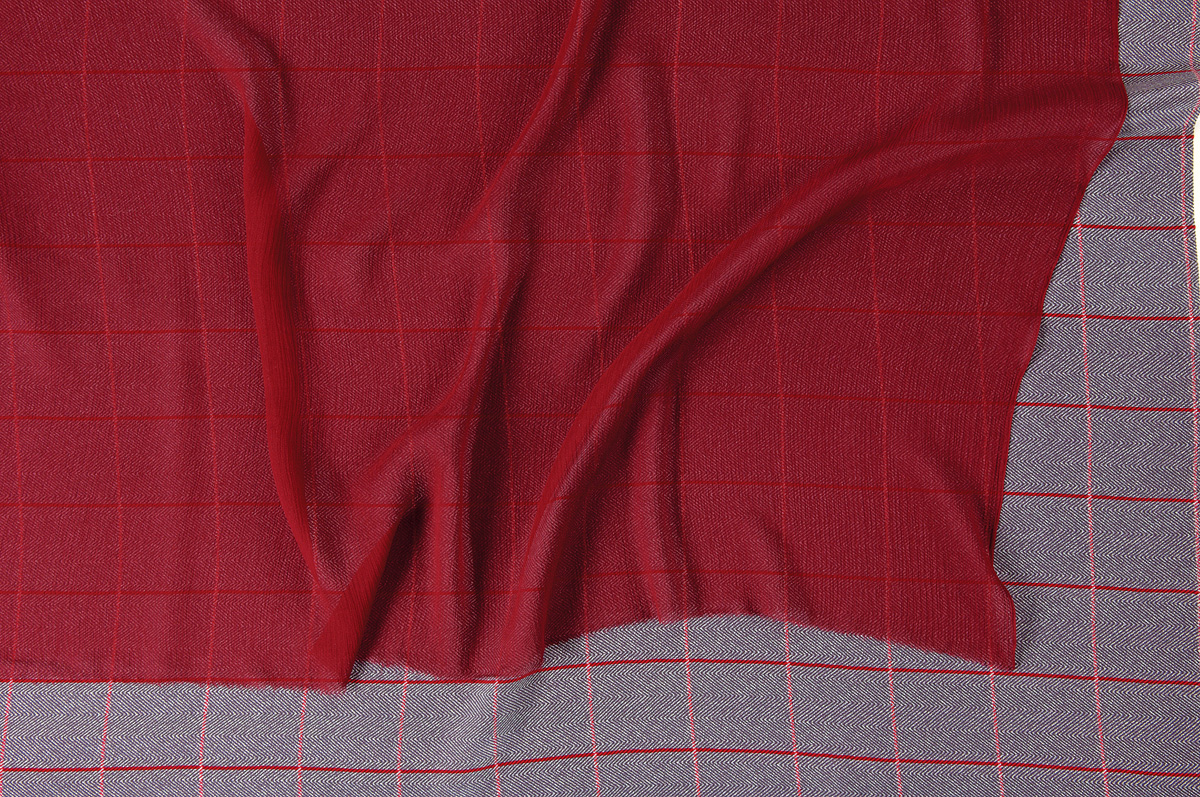
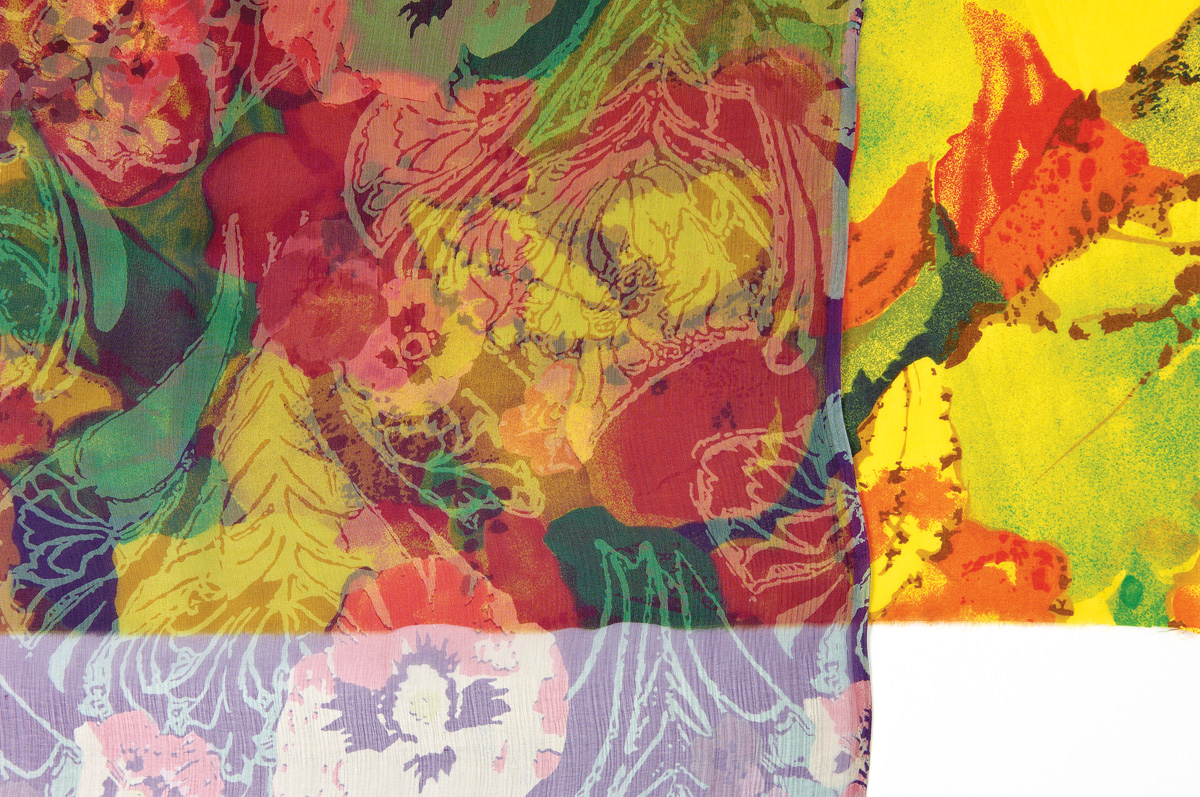

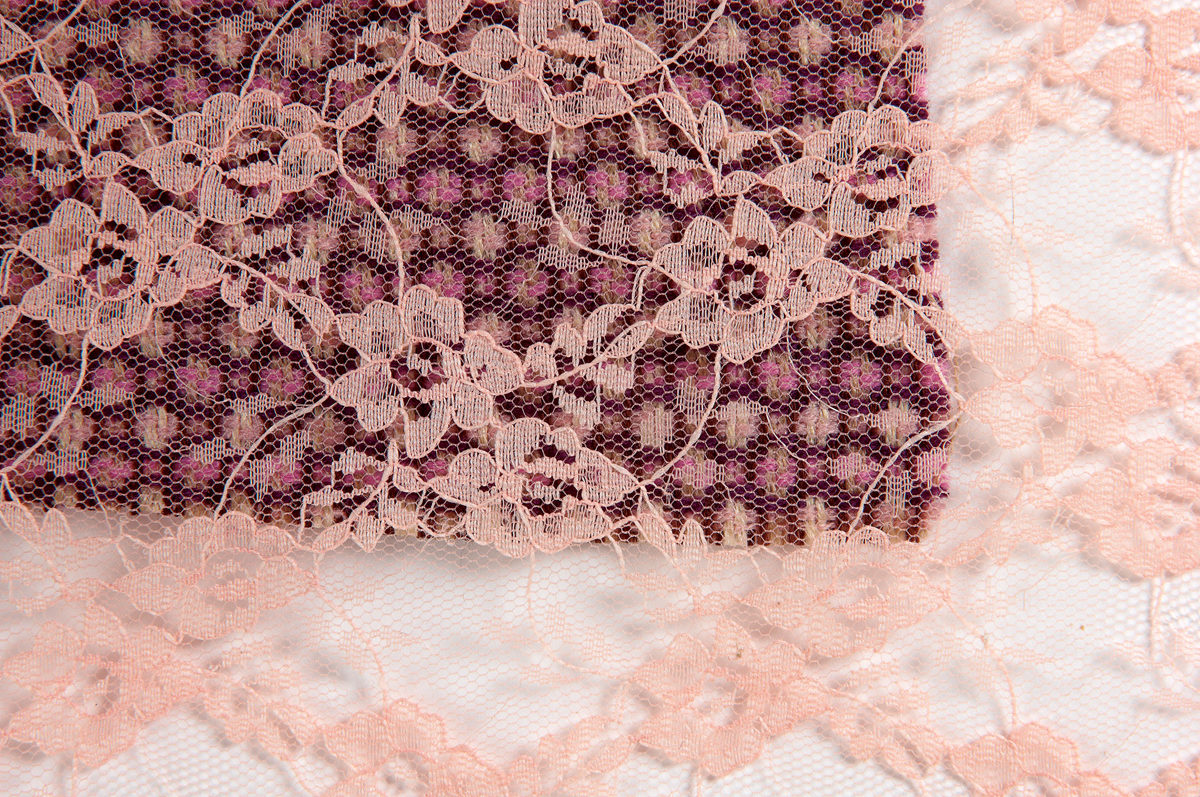
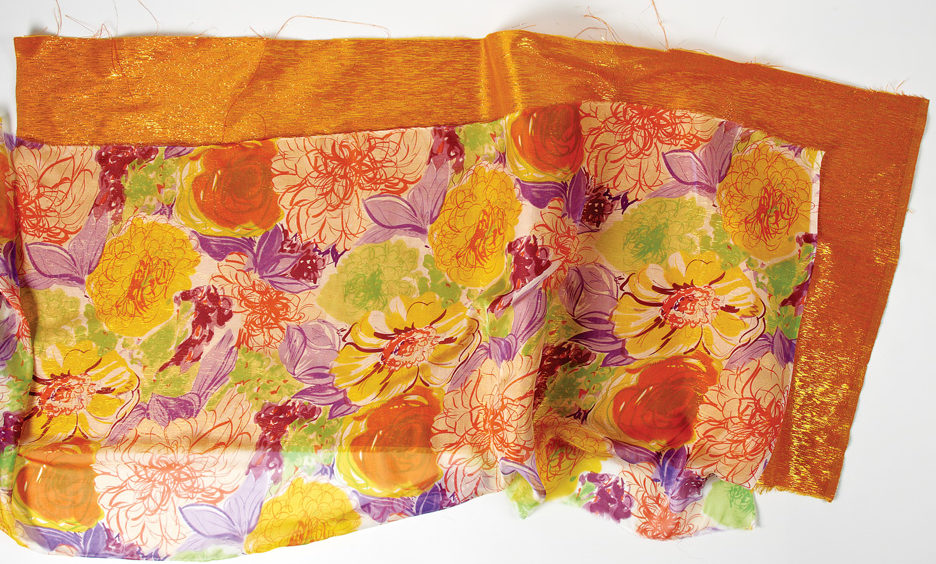
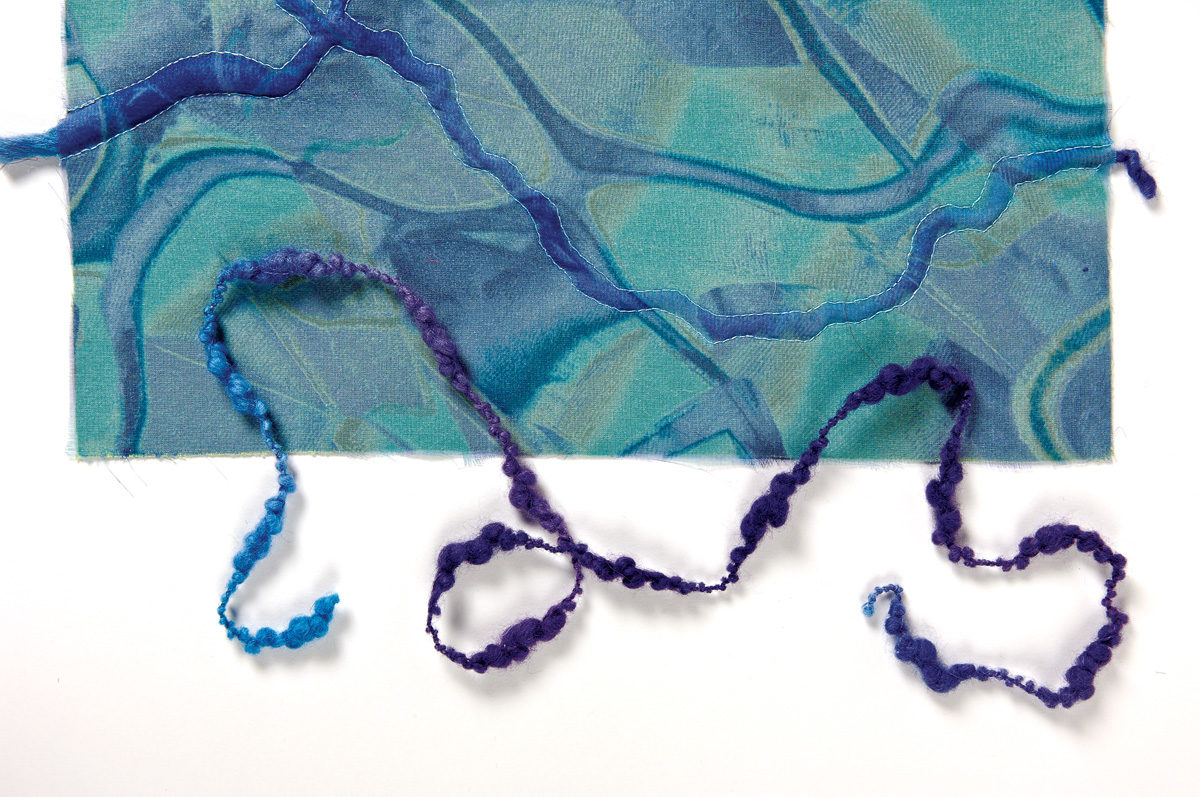
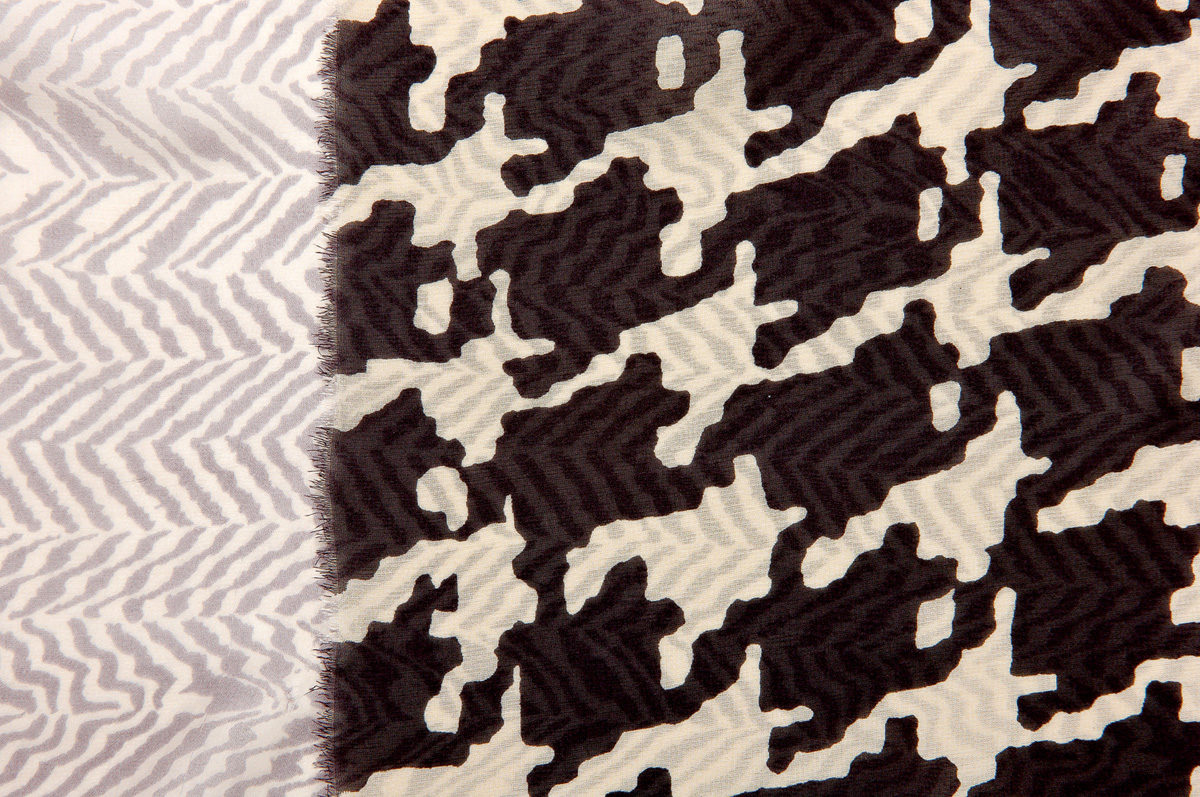
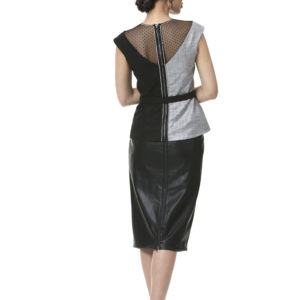
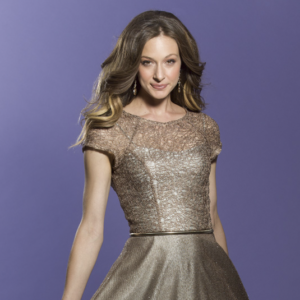
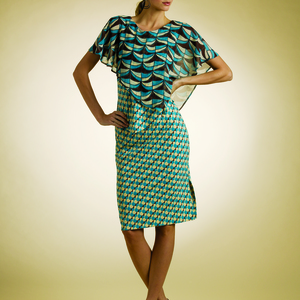

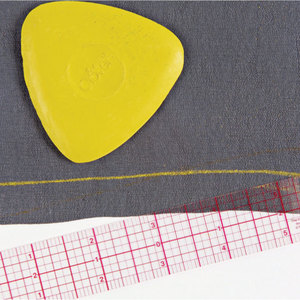





























Log in or create an account to post a comment.
Sign up Log in